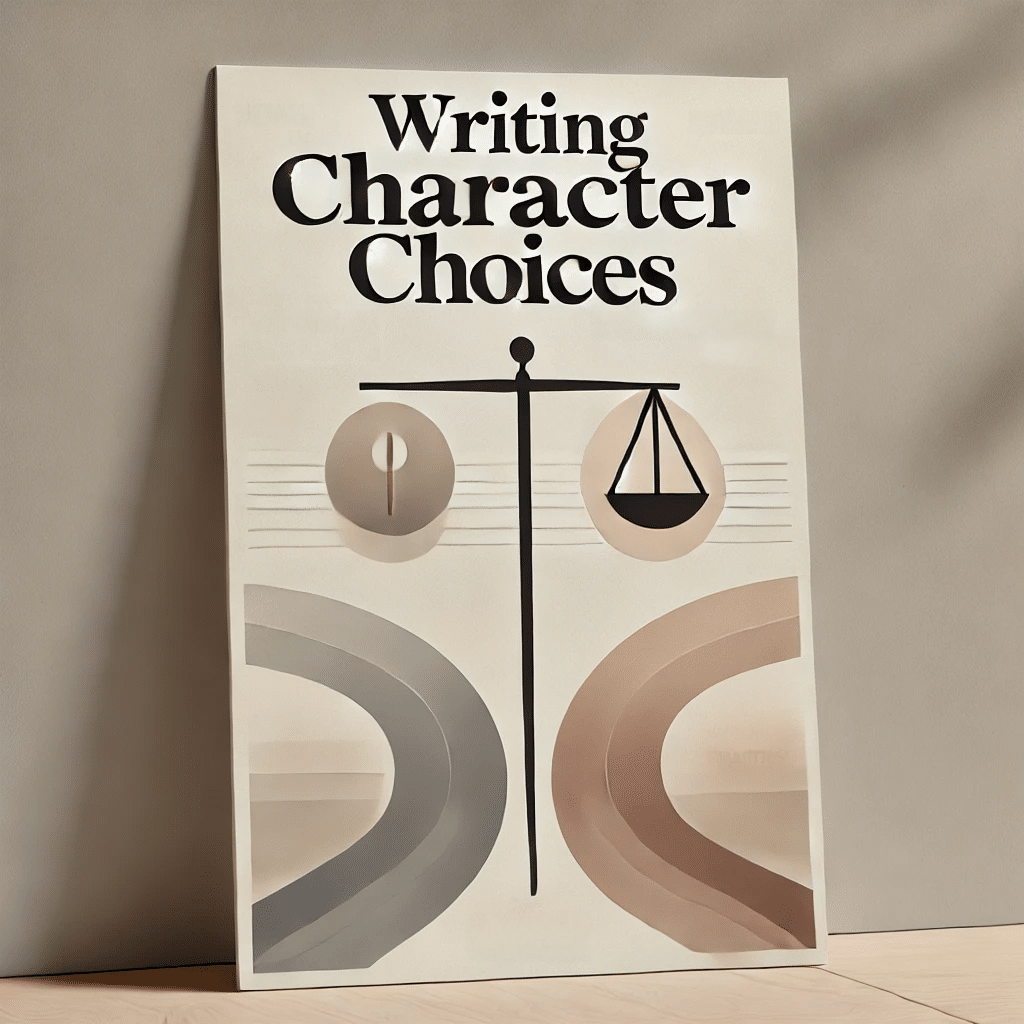Ever written a scene where your protagonist faces a big decision, but it feels… underwhelming? Maybe the choice seems obvious—one option is clearly good, and the other is clearly bad. Readers don’t feel the tension, and the moment lacks emotional impact.
The secret to writing character choices that feel real and meaningful is understanding that conflict isn’t about right versus wrong—it’s about right versus right.
That’s where the Double Factor Problem comes in.

What Is the Double Factor Problem?
At the heart of every compelling story is a core transformation—what we call the Non-negotiable. It’s the shift in belief you want your protagonist (and, by extension, your reader) to experience. But transformation doesn’t happen in a vacuum. Real-life beliefs aren’t binary, and neither should your story’s conflicts be.
The Double Factor Problem forces your characters into situations where both options have valid arguments, making their decisions feel genuine rather than preachy.
Everyday Example: Career vs. Family Time
We all face this dilemma at some point:
✅ Staying late at work is the right choice when:
- A critical project needs finishing
- Your team is counting on you
- The extra income benefits your family
✅ Leaving on time is the right choice when:
- Your child’s recital happens once
- Your relationship needs attention
- Your health requires balance
Neither option is universally correct. It depends on context, stakes, and personal values—just like in a great story.
How the Double Factor Problem Works in Classic Stories
Let’s explore how this plays out in well-known narratives:
Pride and Prejudice
- Non-negotiable: Marriage should be based on love and mutual respect, not just social status.
- Double Factor Problem: Should one prioritize social/family expectations or personal happiness in marriage?
- Jane chooses love (Bingley) but risks financial instability.
- Charlotte chooses practicality (Collins) but sacrifices romance.
- Lydia chooses passion (Wickham) but faces social ruin.
- Elizabeth finds both, but only after significant struggle.
The Lion King
- Non-negotiable: True freedom comes from embracing responsibility.
- Double Factor Problem: Should Simba pursue personal freedom or fulfill his duty to others?
A Christmas Carol
- Non-negotiable: A life of generosity leads to joy, not just personal wealth.
- Double Factor Problem: When should one prioritize financial security versus human connection?
Finding Nemo
- Non-negotiable: True love means knowing when to let go and trust.
- Double Factor Problem: When should a parent protect their child versus let them take risks?
The Great Gatsby
- Non-negotiable: Chasing wealth and status leads to emptiness.
- Double Factor Problem: Should one pursue ambition or stay true to their roots?
Why the Double Factor Problem Makes Stories Work
A well-crafted Double Factor Problem achieves five things:
- Creates Authentic Conflict – Choices feel real because neither is obviously right.
- Reveals Character – How a character chooses defines them.
- Strengthens Theme – The message isn’t told; it’s experienced.
- Engages Readers – They’re invested because the answer isn’t clear.
- Builds Tension – Uncertainty keeps readers turning pages.
How to Apply This to Your Story
Try this simple exercise:
1️⃣ Define your story’s Non-negotiable using a “From X to Y” structure.
- Example: From believing safety comes from avoiding risks to believing growth requires stepping into uncertainty.
2️⃣ List situations where X is actually the right choice.
- Example: Avoiding risks is smart when the danger is unnecessary.
3️⃣ List situations where Y is the better choice.
- Example: Taking risks is essential for achieving something meaningful.
4️⃣ Craft your Double Factor Problem as a question:
- When should you protect yourself versus take necessary risks for growth?
By working through these steps, you’ll create character choices that feel real, compelling, and deeply engaging for your readers.
Want to write stories with authentic character choices? Mastering the Double Factor Problem is the key to making your characters—and your readers—grapple with decisions that truly matter.